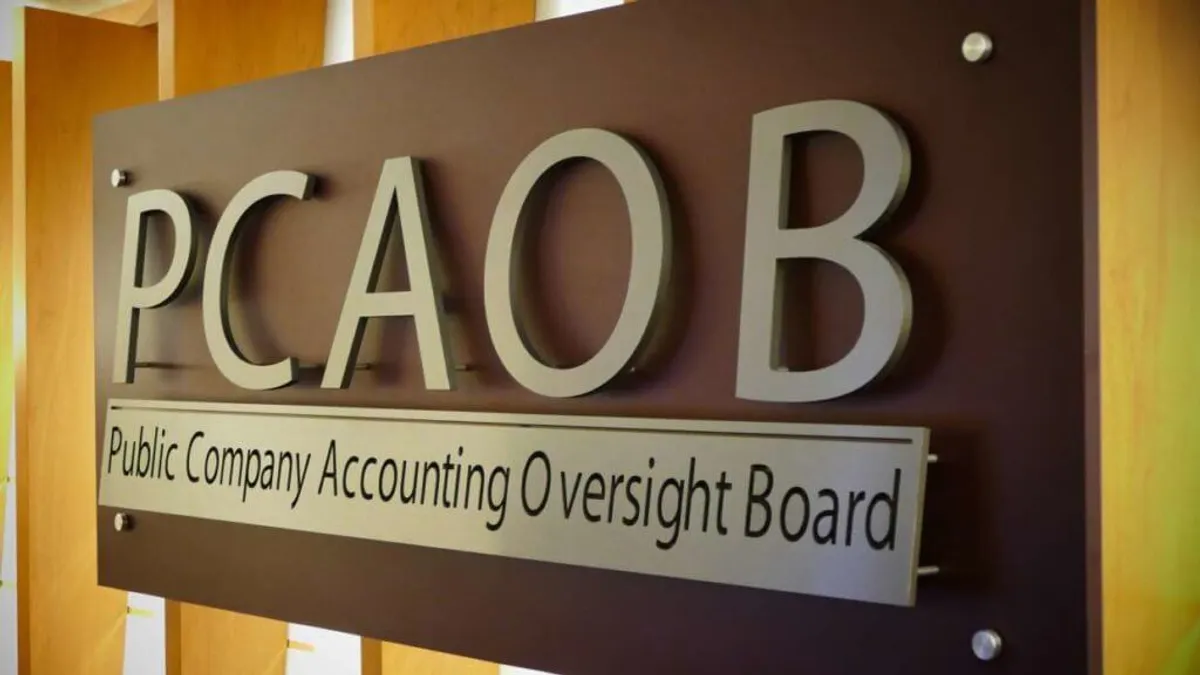If you’re not tapping your data to do scenario planning as macro events play out in the months ahead, you’re hampering yourself, Dan Fletcher, CFO of cloud-based financial planning software company Host Analytics, told CFO Dive this week.
To do scenario planning, you need to collect, prepare, input, clean, process and share your data across business units so you can do the kind of cross-functional analyses that keep your organization ahead of unknowable events, he said.
Today’s trade war is a case in point. No one can predict when or how the battle over tariffs will end, but by modeling likely scenarios, you can be ready to execute while your competition is still figuring out a response.
"If you’re a manufacturing CFO, you would want to run one planning scenario that assumes [the tariffs come down at a certain date]," Fletcher said, "and be ready to immediately lower prices. So, let’s say the CFO has passed the prices of the tariffs on to the consumer. He or she needs to be operationalized to immediately lower prices to capture market share and the positive sentiment of consumers while still managing profitability via other levers. In that scenario, I might delay a capital expend and some other projects because we’re going to still have the high [cost of] cogs. We’ve already paid tariffs on this stuff, but we’re going to be able to lower prices and still manage bottom-line margins until our supply chain catches up with the new environment. That’s scenario one."
Scenario two, he said, is if tariffs stay elevated. "What does that mean in terms of our continued pricing model?" he said. "Maybe you have to leave those prices high and assume a volume decrease. What does that mean for your plans to, say, open two manufacturing facilities in the Southeast?"
Automated systems
To most effectively scenario-plan, set up your system to run queries based on business drivers or key performance indicators (KPIs), rather than just traditional top-line metrics like profitability and operating expenses.
A SaaS company's drivers are things like customer lifetime value, customer acquisition cost and customer engagement, he said.
To be best prepared, CFOs should hire people who can research and identify potential outcomes of the macro event, and then link them to the drivers of the business.
"That part’s the hard part," Fletcher said. "They could be data scientists but they could also just be financial analysts who are smart folks. They can be consultants. These are often going to be folks who are willing to just crunch data."
Strategic focus
Scenario-planning is the kind of forward-looking work CFOs must do in order to strategically partner with the CEOs and the board, Fletcher said.
Fletcher dates the rise of the strategic CFO to the 2008 crisis, when business leaders realized that finance chiefs were the best-positioned executives to predict and plan for macro events.
"There was this incredible trauma in 2008 and a real need in the boardroom to understand how their business was impacted and the immediate need, which was existential, to survive," he said. "Only by using data to understand what levers can be pulled safely in the cost structure and what adjustments needed to be made on pricing could that be done."
Fletcher was an analyst with PricewaterhouseCoopers at the time, working with some of the most impacted companies during the collapse, including Goldman Sachs, Citadel Funds, and State Farm Bank. The experience showed him CFOs were key to avoid being caught flat-footed when macro events arise.
"I saw a lot of CFOs stepping up and leveraging data, technology," he said. "The recession woke a lot of CFOs up to the potential of evolving."
Making the transition
Fletcher said it’s possible to do scenario planning and other kinds of forward-looking analyses using a traditional analog system like Excel, but it becomes impractical as organizations get larger. He put the threshold at about 20 employees, after which point systems become too complex — what he called "ornate" — to do reliable, high-level analyses.
"You can get by for a time, but the moment that model reaches a certain level of complexity, it’s destined to break, literally, by the nature of Excel itself," he said. "So, finding the right moment to take a breath in your organization and implement [a more robust tool] is table stakes for a CFO."
It takes two to three months to convert an analog system like Excel to an automated, cloud-based system. During the transition, CFOs like to run parallel systems. Once the system’s in place, though, the job’s not done. He recommends CFOs and their team members get coached on the softer skills they need — communications and what he calls executive presence — because key to doing successful forward-looking analyses that create value for the enterprise is sharing the interpretation of the data with other leaders across business functions.
"It sounds corny, but you [need to] know how to handle speaking to an executive, and bringing them good, scary, and boring news," he said. "For better or worse, finance people have a reputation in an organization of being some of the hardest people to talk to. It cannot be true going forward."























